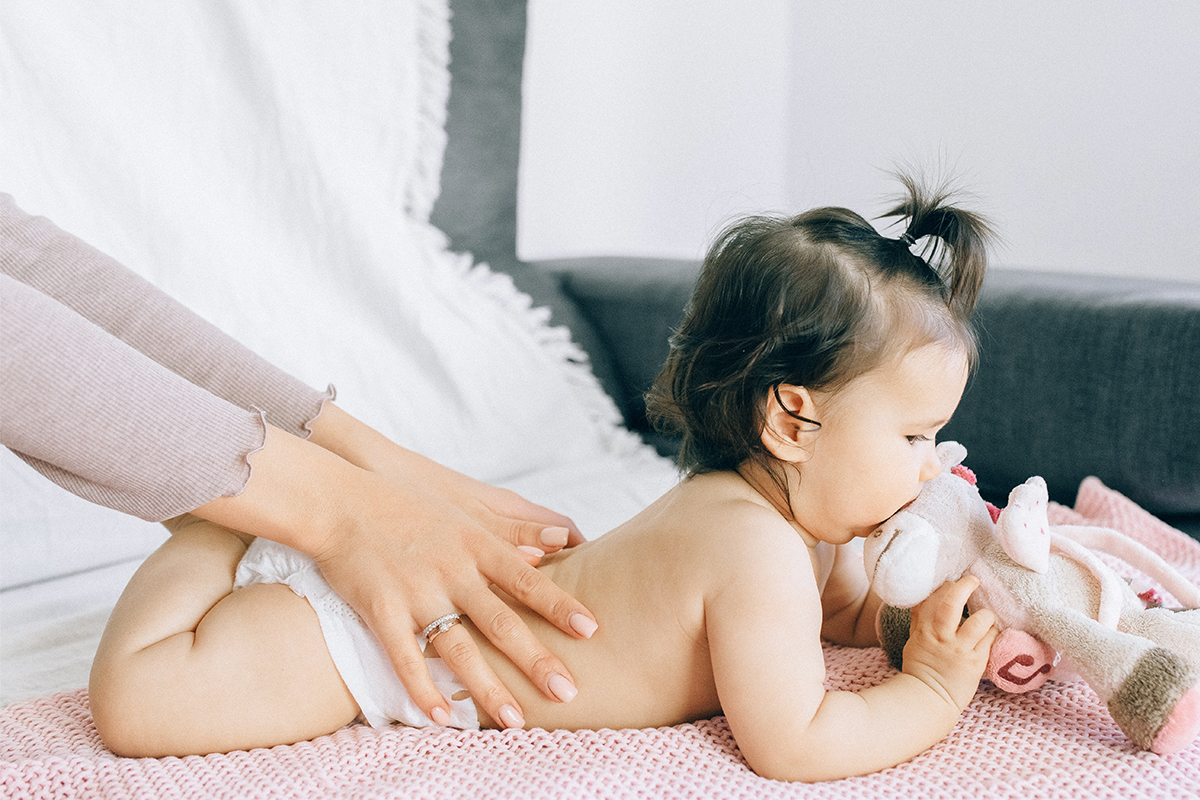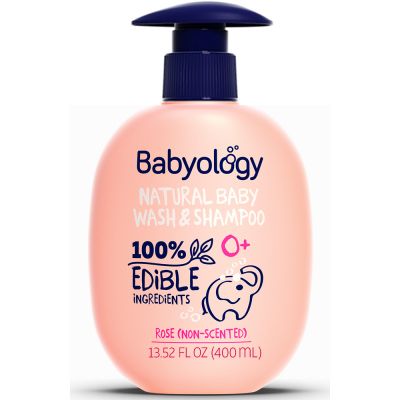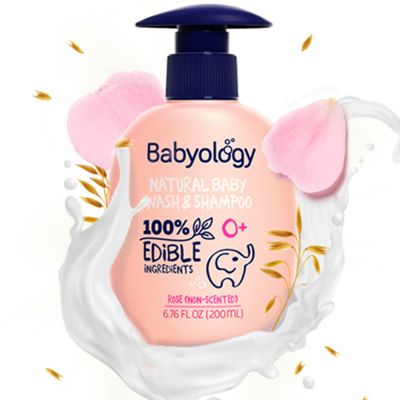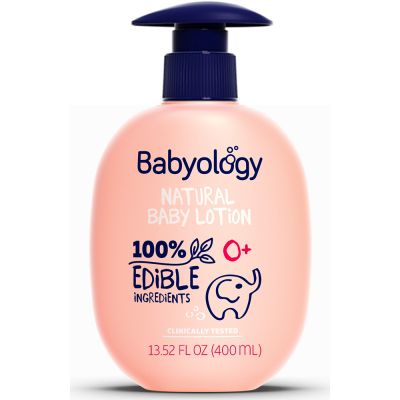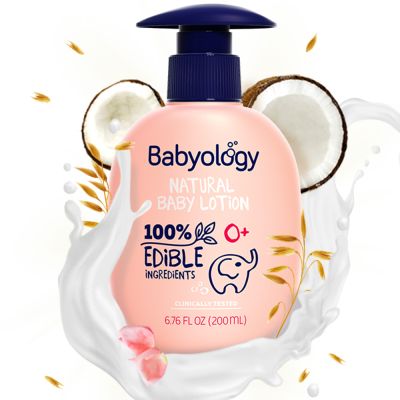Massaging babies has been a traditional practice in many cultures for centuries. It strengthens parent-child bonding and has numerous physical, emotional, and developmental benefits.
So, what is the difference between adult and Infant massages? While both are therapeutic ways of applying pressure to the muscles and joints, you can't massage a baby like an adult.
It would be best to massage babies with a gentler touch than adults. Infants have fragile, developing bodies that require a lighter touch to prevent injury. Different techniques used in newborn massage are specific to their needs. For example, some methods focus on promoting digestion, while others may help with teething pain or congestion.
The oils typically used for infant massages are specially formulated to ensure that they're safe for infants – while adult massages use oils designed for mature skin. In addition, toddler massages are generally shorter than adult massages. While an adult massage can last up to an hour or more, it may only take 10 to 20 minutes for babies.
Now that we have defined newborn massages and how different they are from adult massages, let's take a closer look at how this activity can benefit babies and parents.
Benefits of Baby Massage
Physical Benefits:
Massaging your baby can help improve their circulation, boost their immune system, and promote better digestion. It can also help relieve colic, gas, and constipation and soothe teething pain and discomfort.
Emotional Benefits
Massaging your little ones can help soothe them and reduce stress and anxiety. It also promotes feelings of love, comfort, and security. Touch is a powerful tool for developing tight parent-child bonding and can help your baby feel safe and secure.
Developmental Benefits
Massages can help develop your baby's motor skills and coordination. It can also improve their sleep patterns, increase their flexibility, and enhance their sense of balance.
How To Get Started with Baby Massage
There are quite a few essential steps involved in ensuring that your baby is comfortable when you want to start massaging them.
Choosing the right time is crucial. The best time to massage a baby is when they are alert, calm, and content.
Preparing the space is also essential. The room should be warm and free from any distractions or interruptions.
Ensure that you have all the necessary materials before starting your massage. These include a soft, comfortable surface, massage oils or lotions, and a towel.
Always begin your massaging session with warm-up exercises and gentle strokes to help the baby relax. Effleurage, or long, smooth strokes, can help calm and soothe the baby. In contrast, friction can help stimulate blood flow and increase circulation.
Tapotement, or rhythmic tapping, can provide a stimulating and energizing effect. However, it is essential to use gentle pressure and follow the baby's cues throughout the massage to ensure they are comfortable and enjoying the experience.
Tips for Successful Baby Massage
It can be a little nerve-wracking to start massaging your fragile infants. To help you, here are some baby massaging tips you can follow to begin providing your babies with a soothing and relaxing experience.
Remember, it's essential to understand that every baby is different, and what works for one may not work for another. Parents should listen to the baby's cues and adjust the techniques accordingly.
Tip #1: Choose a Time When Your Baby is Relaxed
Pick a time when your baby is not hungry, tired, or overstimulated. The best time for a massage is after a bath when the baby is calm and relaxed.
Tip #2: Find a Comfortable Space
Find a warm, quiet, and comfortable space to massage your baby. For example, you can use a towel or a soft blanket on the floor, bed, or changing table.
Tip #3: Use Gentle and Safe Strokes
Use gentle and safe strokes while massaging your baby. Avoid using too much pressure or patting your baby's spine or fontanelle.
Tip #4: Use Natural Baby Oil
Use natural baby oil or lotion to help your hands glide smoothly over the baby's skin. Ensure the oil is safe for babies and doesn't cause allergic reactions.
Tip #5: Start with the Baby’s Legs
Start massaging the baby's legs, then move up to the arms, chest, and back. Use long, gentle strokes and avoid tickling the baby.
Tip #6: Follow Your Baby’s Cues
Observe your baby's reactions and adjust your massage techniques accordingly. For example, stop the massage if your baby becomes fussy or uncomfortable.
Tip #7: Make it a Regular Routine
Make massage a regular part of your daily routine. Then, as your baby grows, you can adjust the massage to suit its changing needs.
Babies Need a Massage Day Too
Incorporating massages into your daily routine can benefit you and your baby. From improved sleep and digestion to increased weight gain and physical development, the power of touch can truly make a difference in your little one's life.
Remember to choose the right time, prepare your space, gather the necessary materials, and follow the proper steps to ensure a safe and enjoyable massage for your baby.
To make the experience even more unique, try using the award winning Babyology's natural baby oil to keep your little one's delicate skin moisturized and healthy – earning Global Beauty and Wellness Awards Society's approval. All products are specially made to moisturize your baby's skin and keep them healthy all day.
With these tips and tools, you can create a bonding experience with your baby that will strengthen your relationship and provide lasting benefits for years to come.

